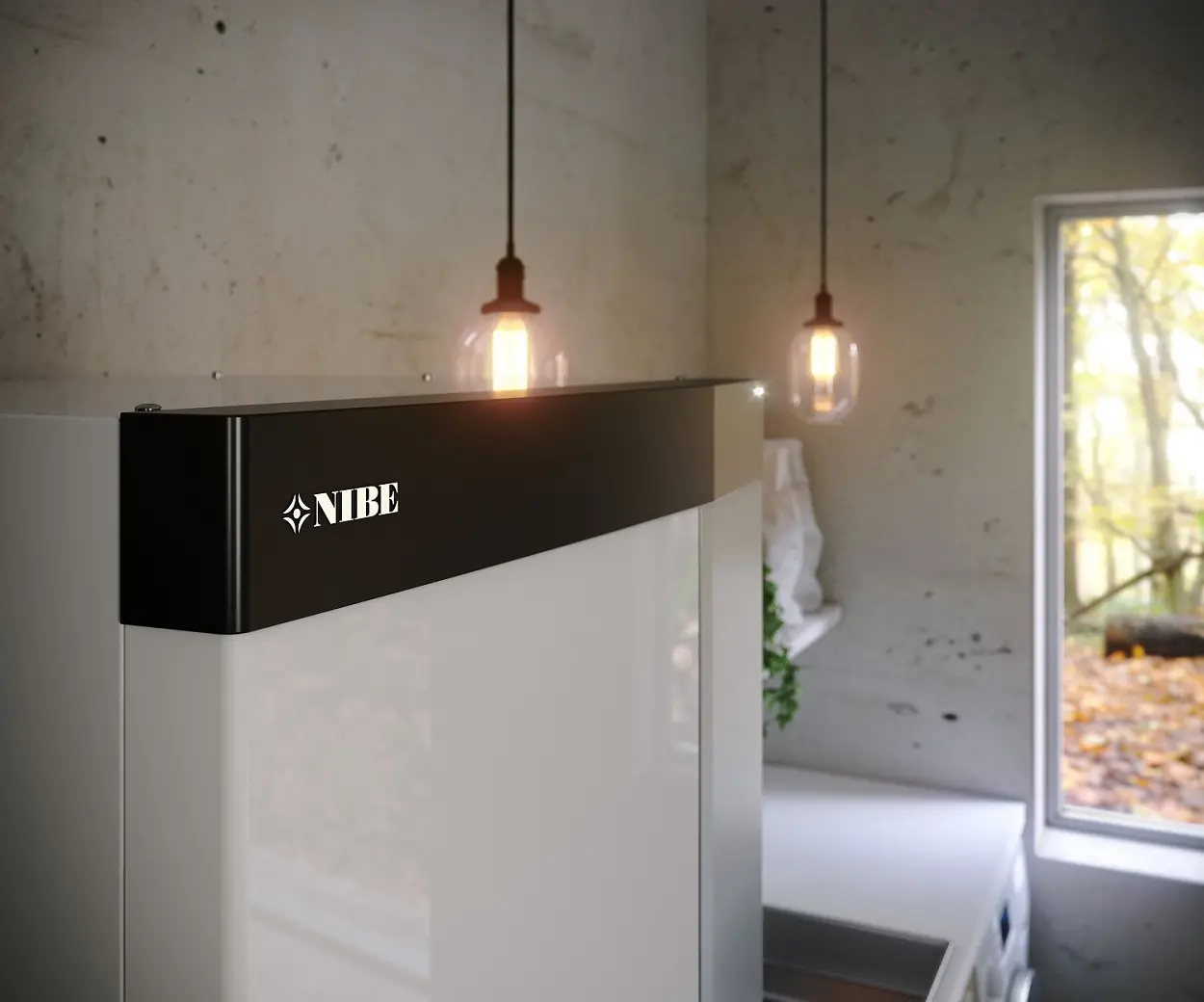Is my house suitable for a heat pump?
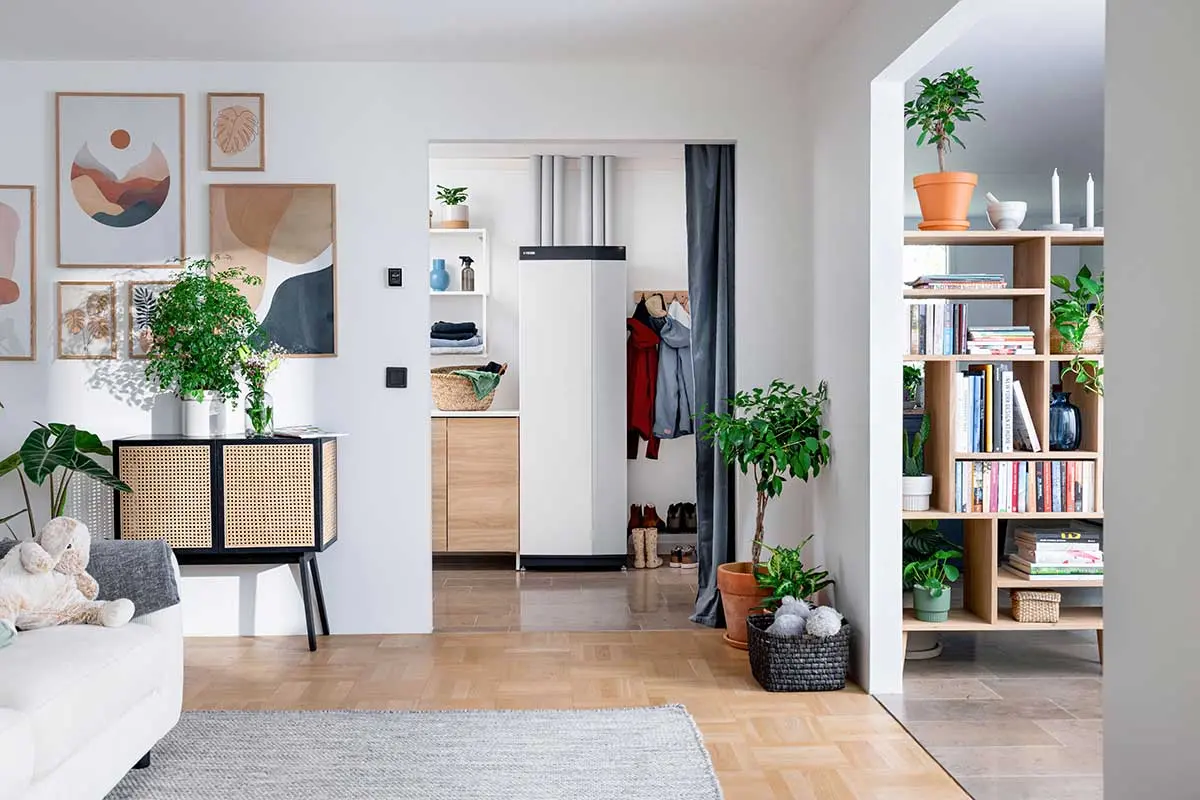
Is my house suitable for a heat pump?
If you’re one of the thousands of people in the UK who are exploring low-carbon heating solutions at home, then it’s likely you’ve considered installing a heat pump. If so, then you’re probably wondering whether your home is suitable for a heat pump. The good news is, no matter the size and shape of your property, a recent project funded by the UK government found that all homes are able to have a heat pump successfully installed.
However, to get the best results from your heat pump, there are some key considerations and important steps you’ll need to take. The more heat pump-ready your home is, the more effective and economical it will be.
- With the help of this article, you can find out whether your house is suitable for a heat pump and kick-start the process of getting one installed.
Do you need planning permission?
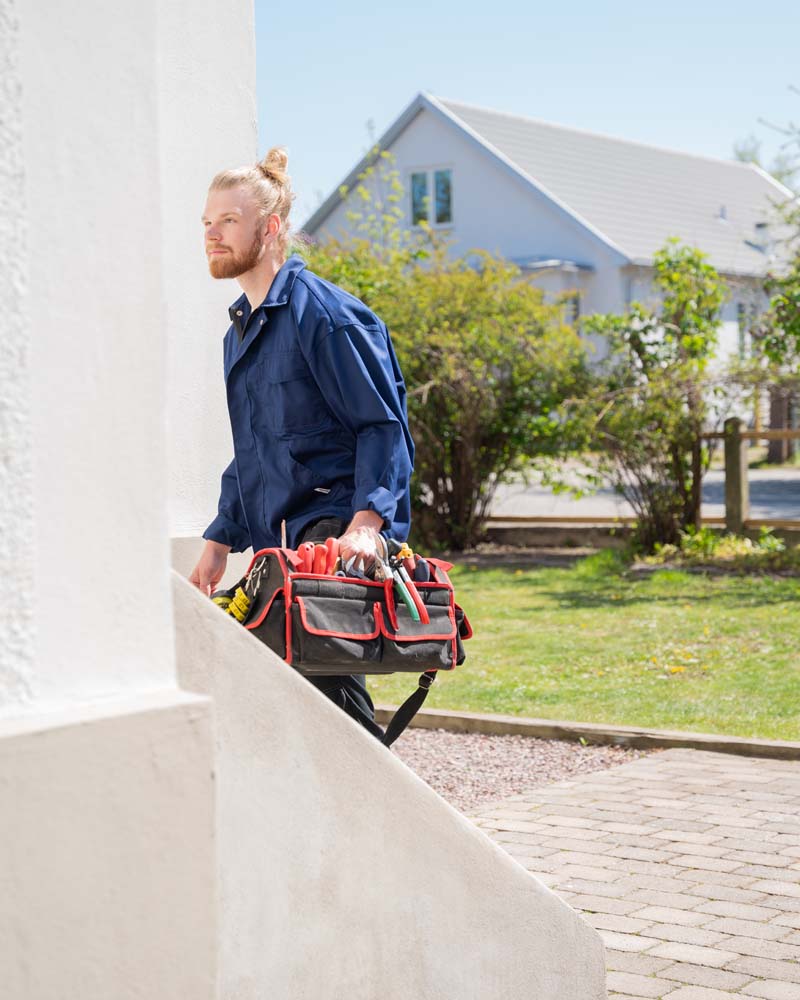
Is your home energy efficient?
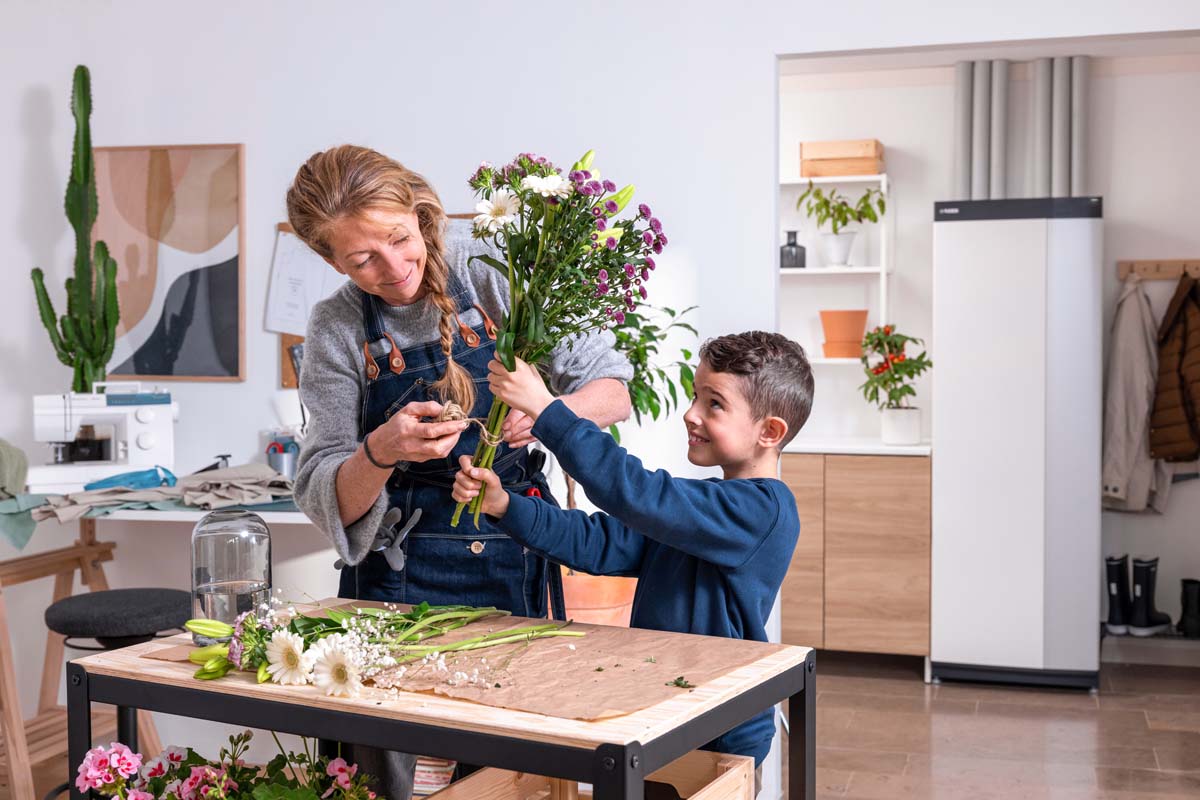
What type of heating system do you currently have?
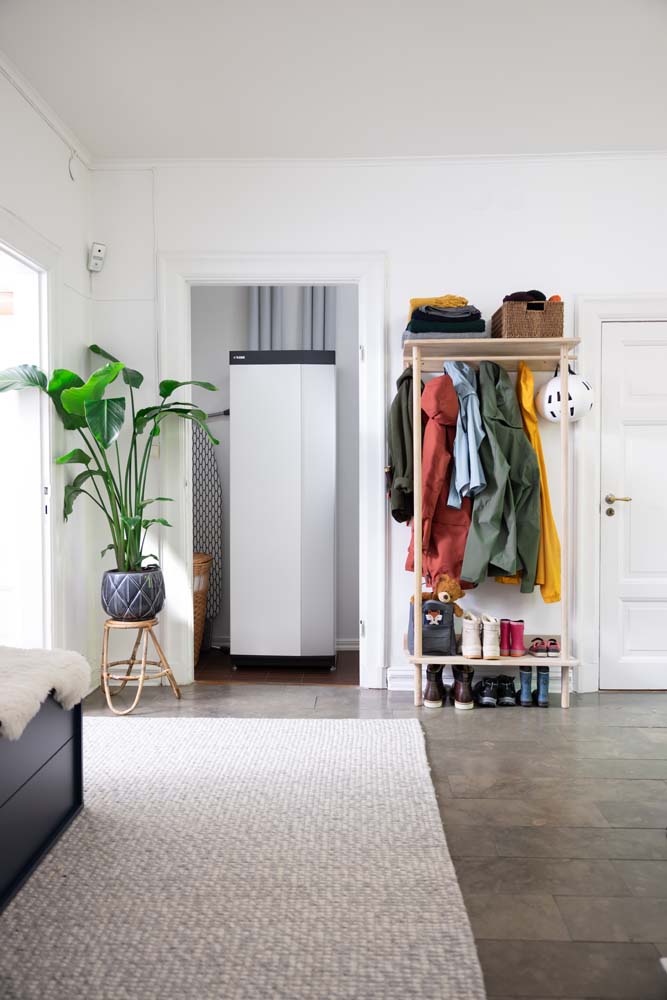
Are your radiators the right size?
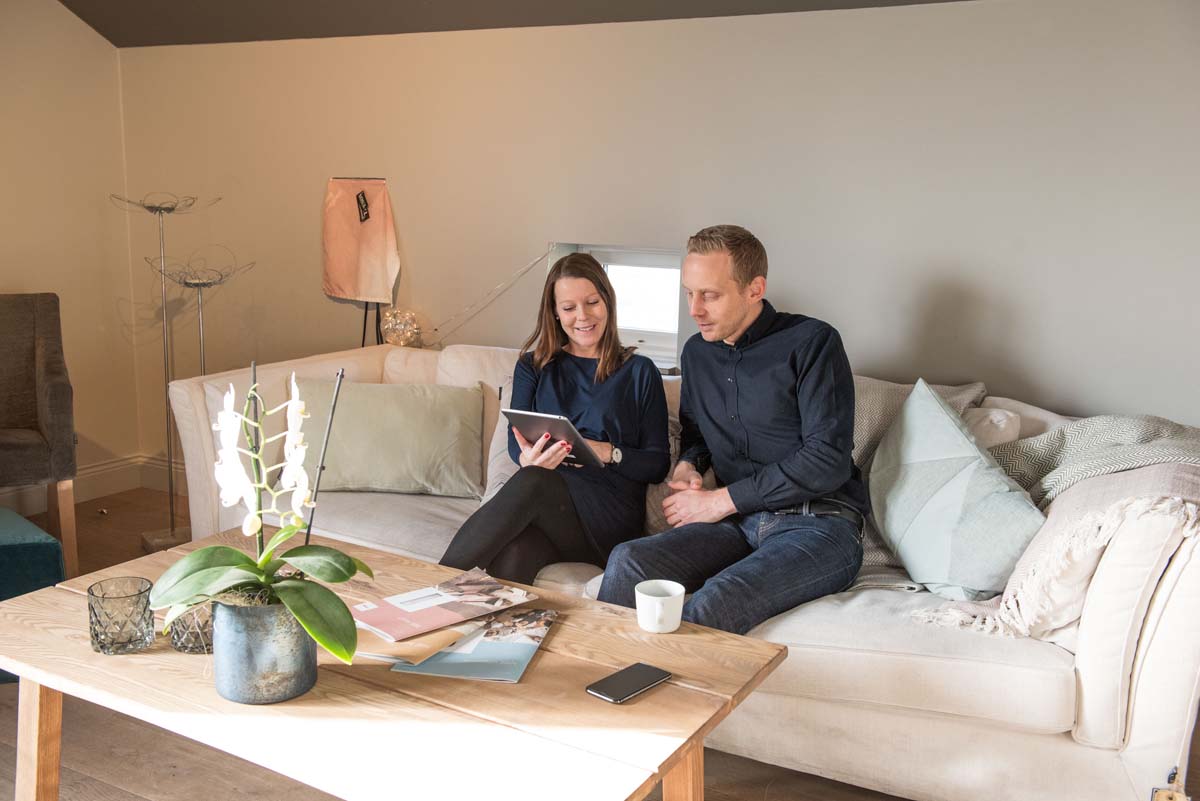
Do you have enough space?

With all of the above heat pump types, you’ll also need space inside your house for an indoor unit, hot water cylinder, and a temperature control system.
Hopefully, you should now know whether your house is suitable for a heat pump or not. For more information, you can use the UK government’s portal to check if a heat pump could be suitable for your home.
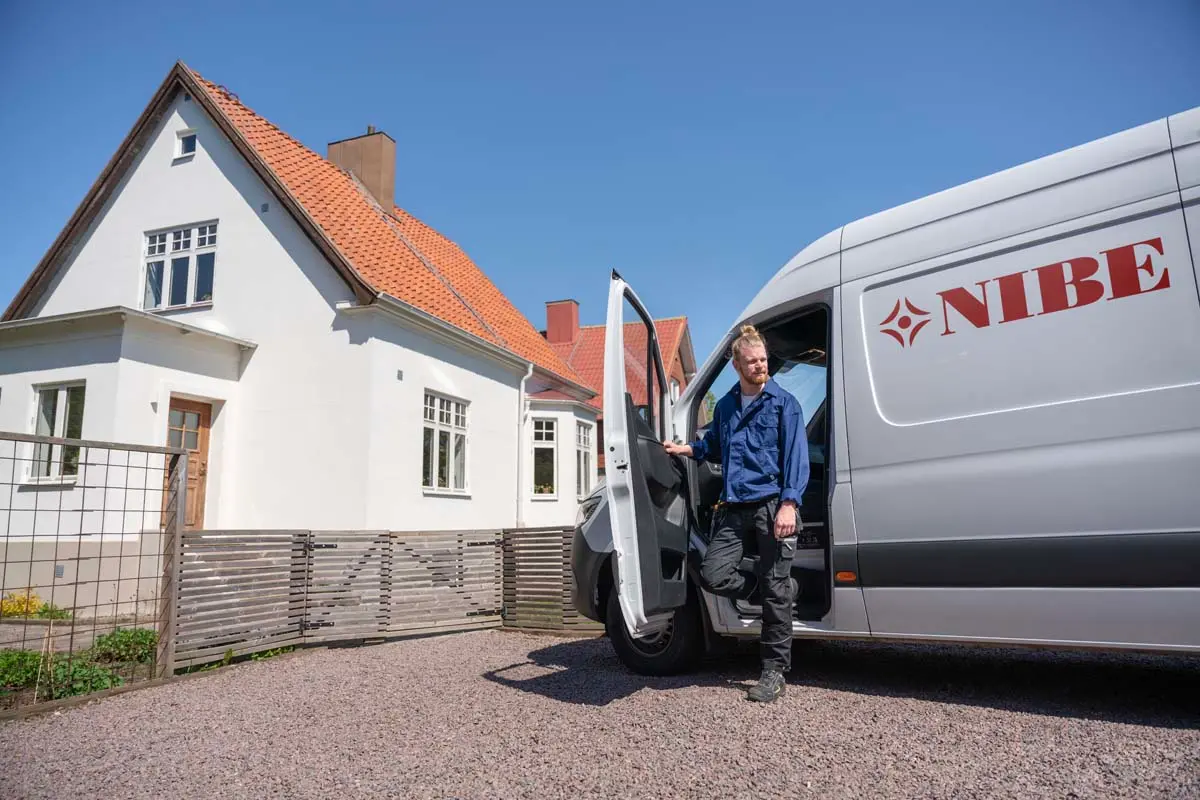
Talk To A NIBE Expert
Had more thought about getting a heat pump installed?
Speak to a NIBE Expert today about your project and we'll put you in touch with one of our NIBE Pro Installers.
